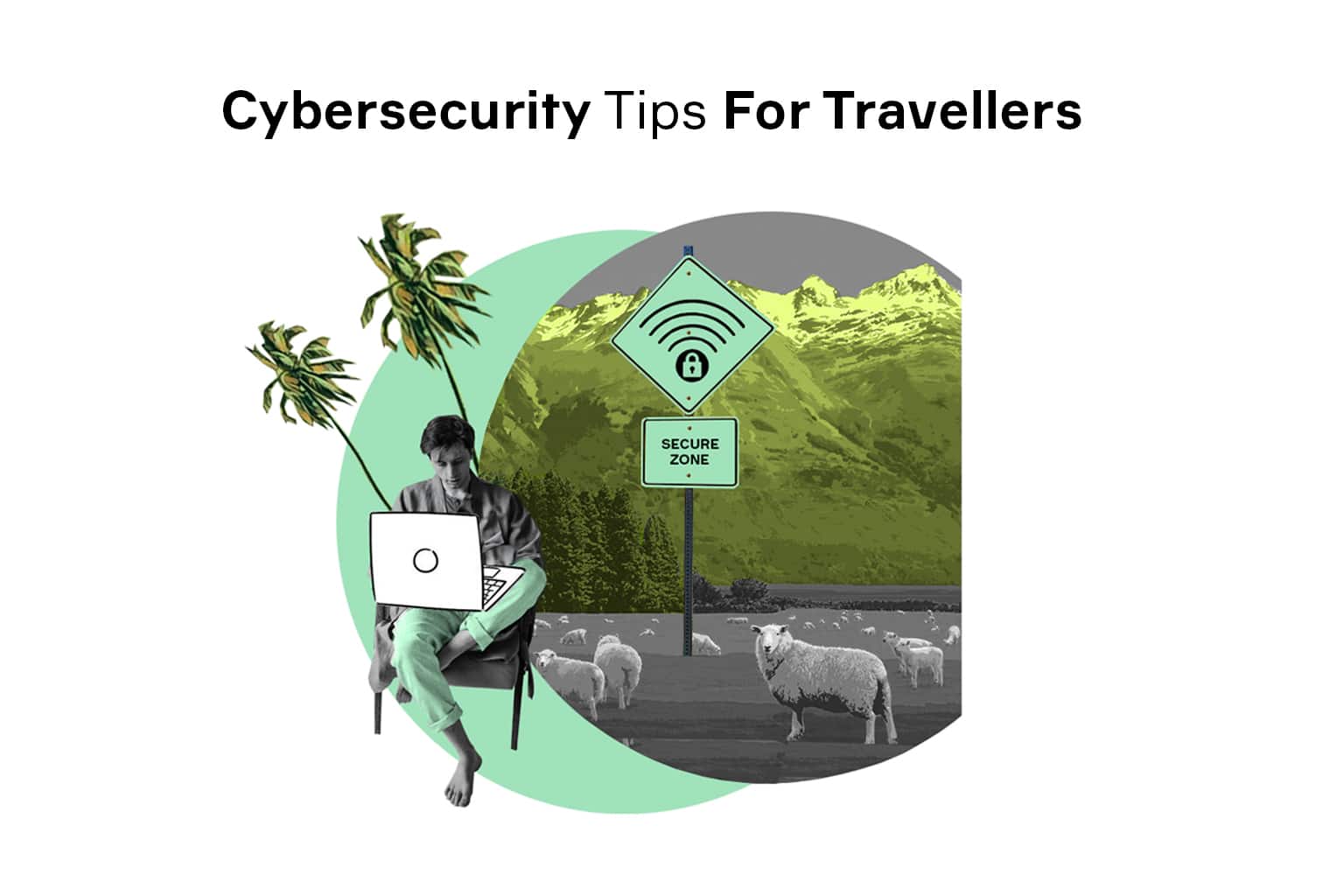
Leaders within virtually all organizations right now are tasked with creating a new playbook for how to bring together employees outside of the traditional office space. While the remote-work movement has been gaining traction for at least a decade now, no one could have forecasted the entire working world would suddenly be hopping on board. In fact, it wasn’t even by choice. Covid-19 struck the world hard, and companies had no choice but to make the switch to remote.
Many employees have reported for years that they would take a substantial pay cut to work remotely, if not turn down a job all together if a prospective employer was unwilling to adopt a flexible work environment. Still, this sudden and dramatic switch to remote-based work is leaving corporate leaders responsible for helping the company thrive in the new age of remote-work. If you are one of these leaders, you should consider a few key points regarding how to manage your remote-based team and what the future of work will look like for them, your company, and your own career.
Remote-Prepared Employees
One of the great things about the tech industry is that many new employees are already learning their new skills through remote-means. As one of the leading industries that no longer requires a computer science degree, many programmers are learning how to code through coding bootcamps. There is a good chance that there is one, if not more, bootcamp grads on your team that is already accustomed to completing coding assignments on time, without supervision.
The Flexibility of Remote Work
The beauty of remote-based work is that it can essentially be done on a deadline schedule, rather than within set workday hours. Outside the occasional planning meeting, there is no reason that employees can’t complete their work when it works for them. In this case, you can work from anywhere having a reliable and constant Internet connection through a portable wifi modem that can get you to your virtual office just in seconds.
For example, if you are running a remote-based team of Back End Developers, then consider structuring your employee’s workload around a deadline schedule. Make the expectations crystal clear as to what it is to be completed by that deadline, how it must be completed, and then trust them to be responsible adults and get the work done. This can help boost employee morale as they feel more accountable and empowered in their role. If a deadline is missed, you can work with them to uncover why it was missed and how to make sure that their work will be completed on time from now on.
Remote Productivity
The good news is that productivity measurements were taken during the Covid-19 pandemic, as well as over the past few years, all point to the fact that remote-based employees are as effective as their office-based counterparts, if not more. The question is: given the capacity for individual remote-based employees to be productive, what does this indicate in terms of the productivity for an entire remote-based team, let alone a company?
Some companies have rolled out a very structured remote-based workday for their employees. However, not all employees can get the same amount of work done during the traditional workday hours.
As working from home also means the elimination of childcare, and in this case, even school, many remote-based employees find it difficult to work during the traditional hours and care for their children, and in some cases, their elderly parents or grandparents.
The companies who are really thriving in this new age of remote work are the ones who are accommodating for their employees’ non-work-related responsibilities and are allowing them to work during the hours that work best for them. A flexible work schedule can take the form of complete employee autonomy or through set shifts that allow some employees to work non-traditional but set hours.
Remote Collaboration
Human beings are social creatures by nature which need and crave social interaction. Even those who identify as introverts admit that they need at least some social human interaction. Thus, a collaboration with other sparks inspiration that can be critical for those in creative roles such as Web Designers.
Some companies are helping their employees start thriving through informal, virtual get-togethers with their coworkers through events like virtual happy hours and even just networking Zoom meetings. As a result, the necessary transition from merely surviving and getting done what needs to get done to thriving is as vital as never before.
This article is a guest post kindly provided by Artur Meyster.
Artur Meyster is the CTO of Career Karma (YC W19), an online marketplace that matches career switchers with coding bootcamps. He is also the host of the Breaking Into Startups podcast, which features people with non-traditional backgrounds who broke into tech.


